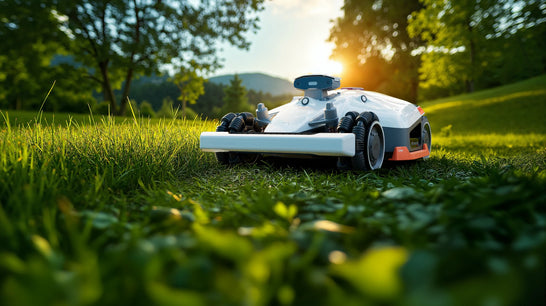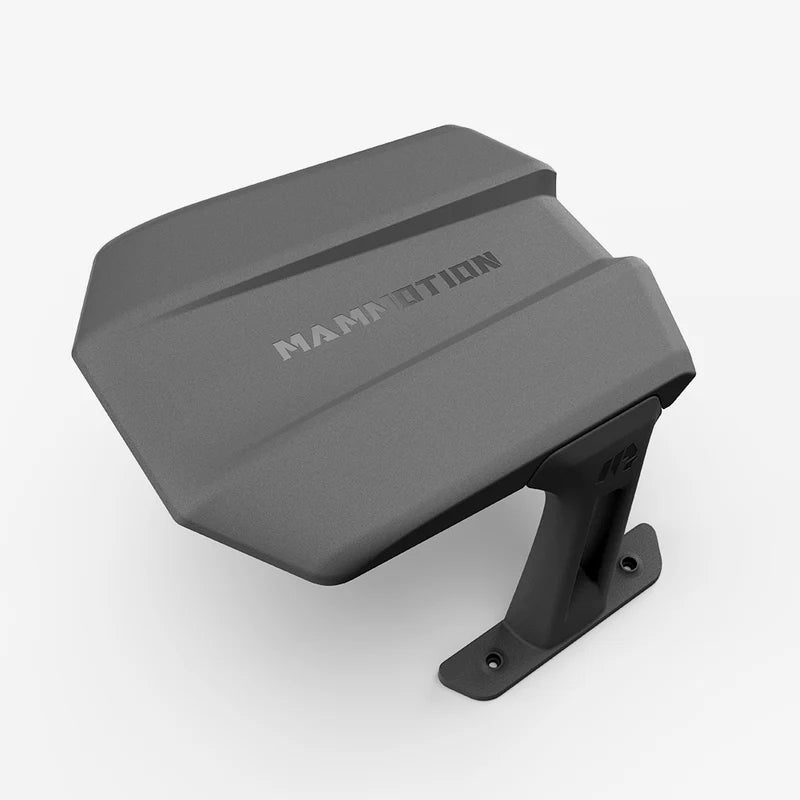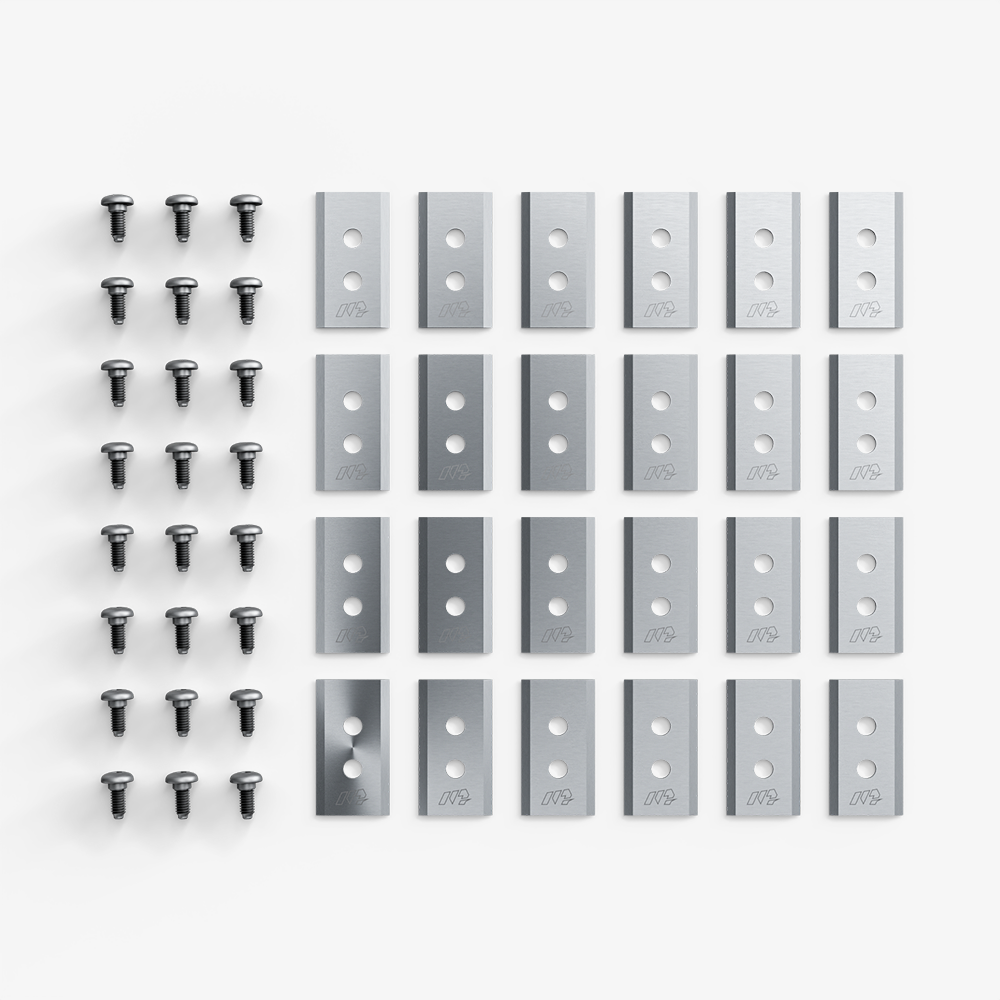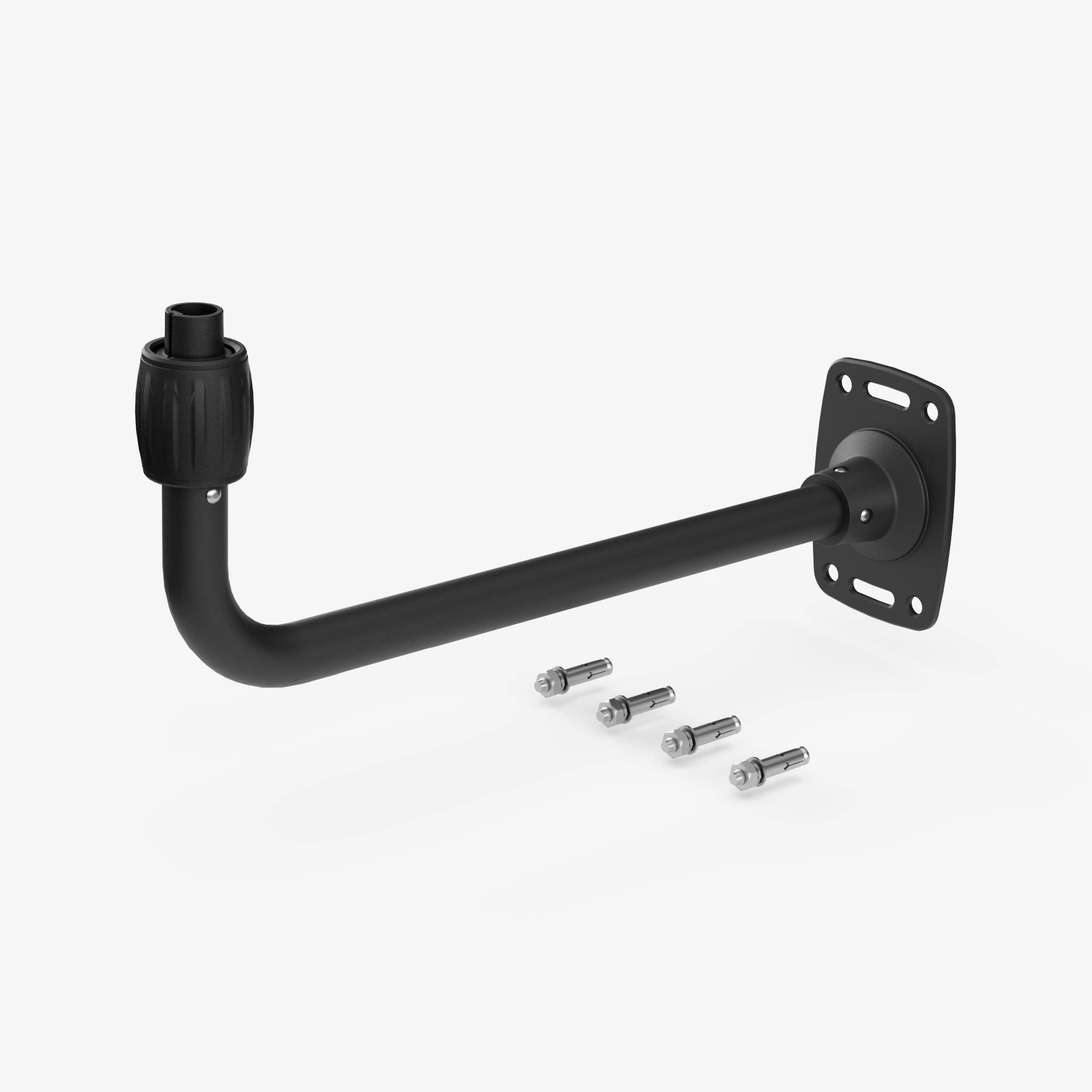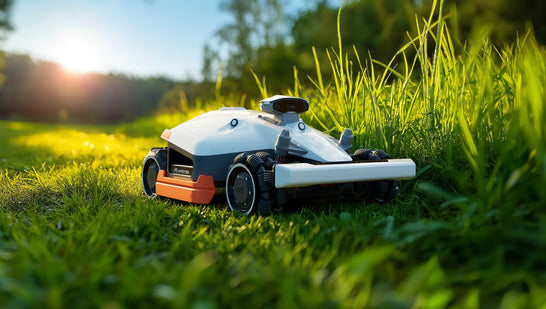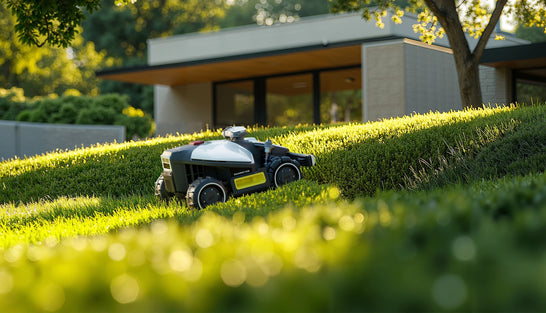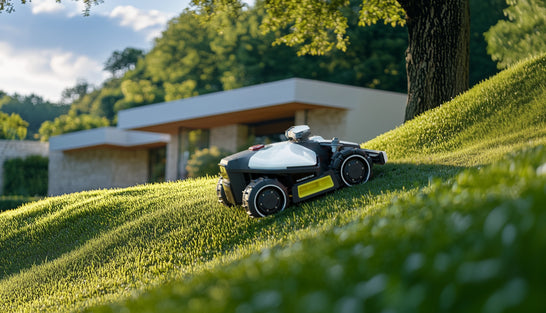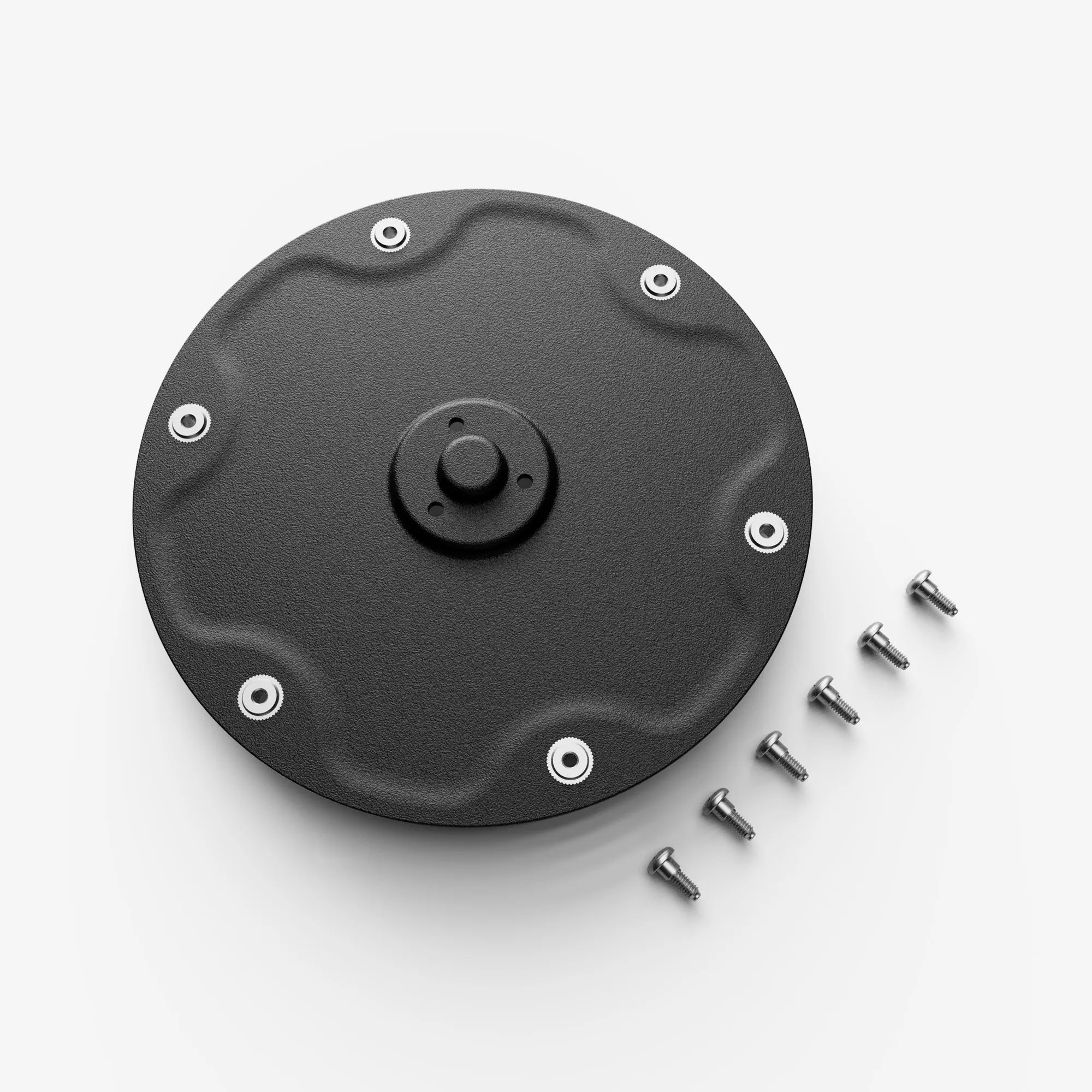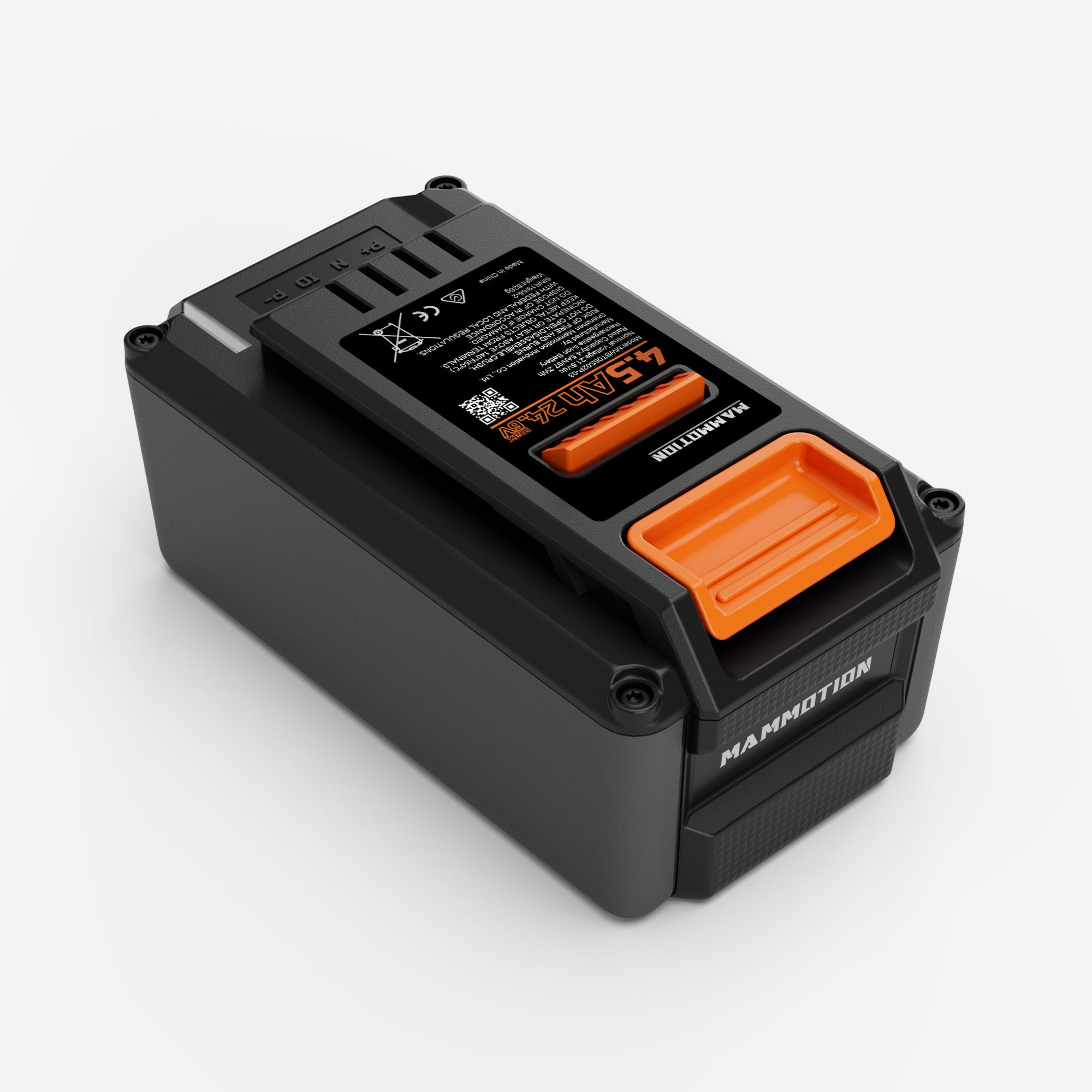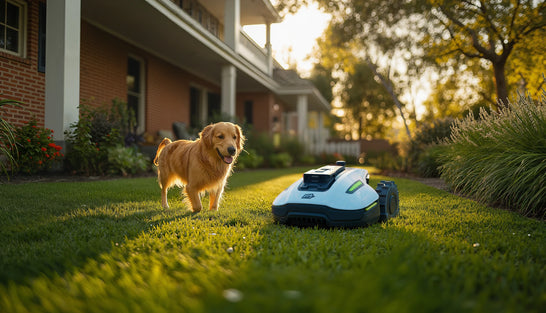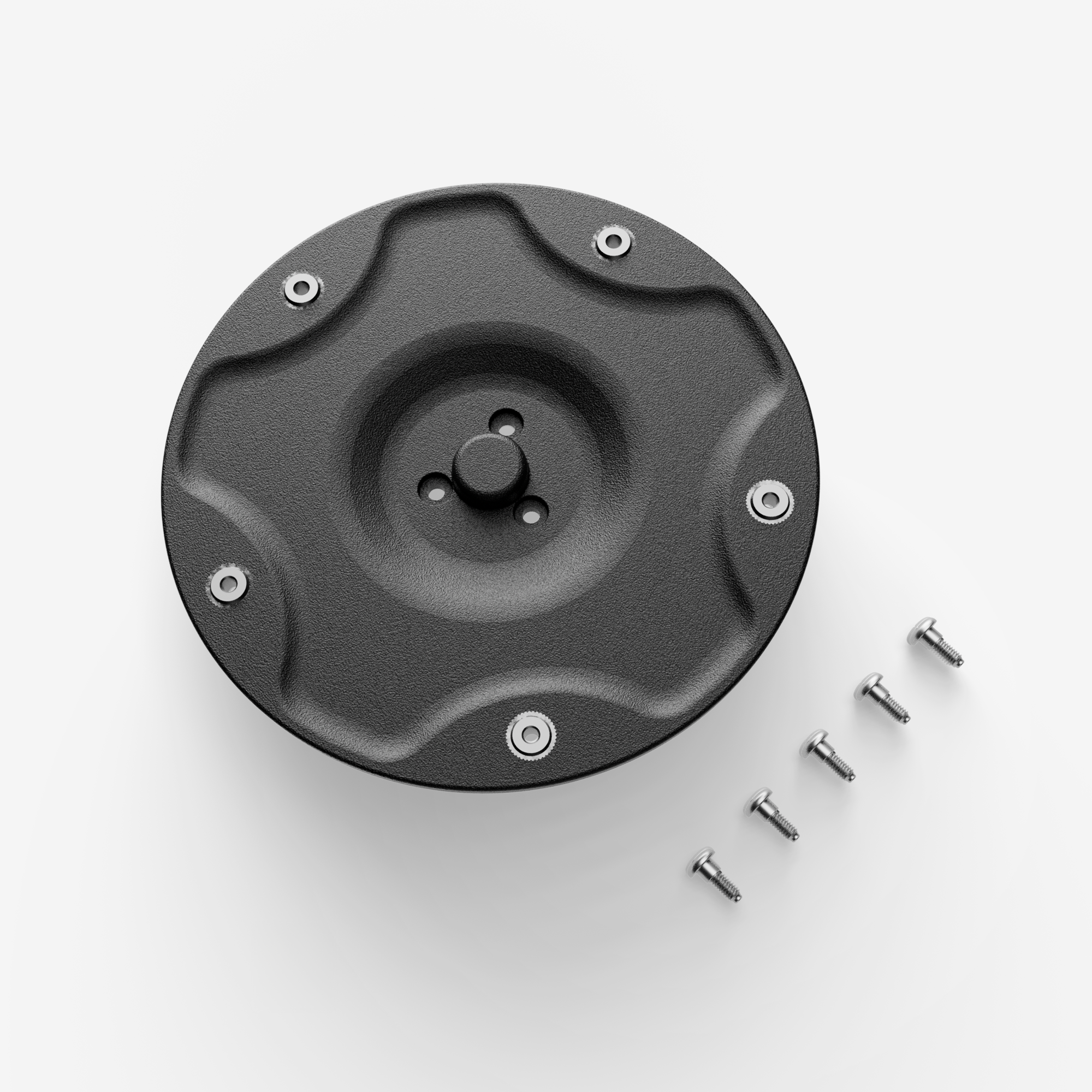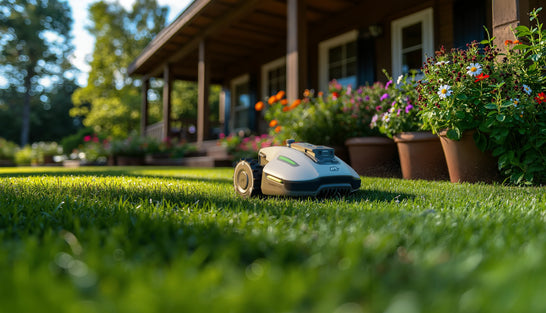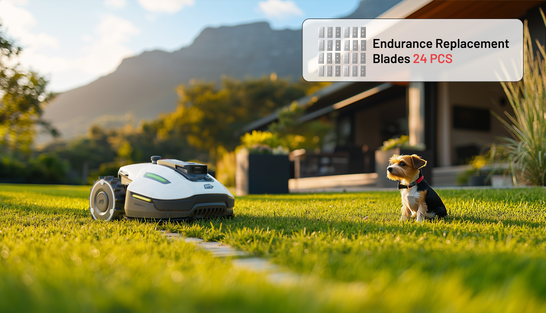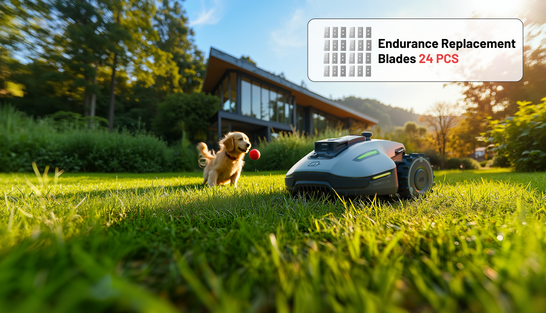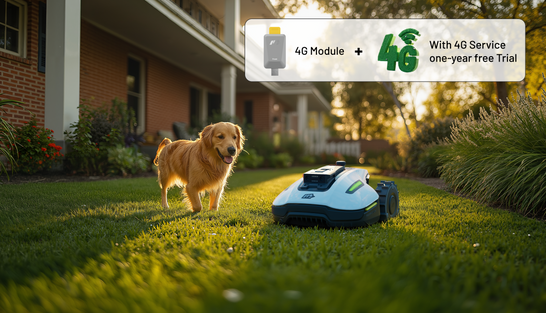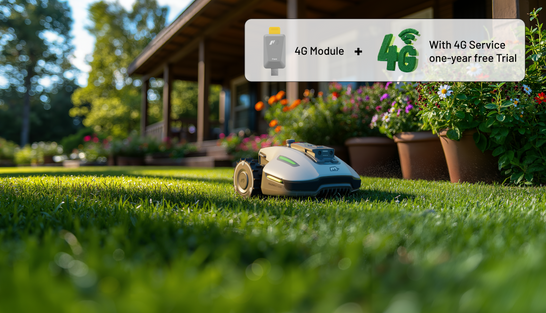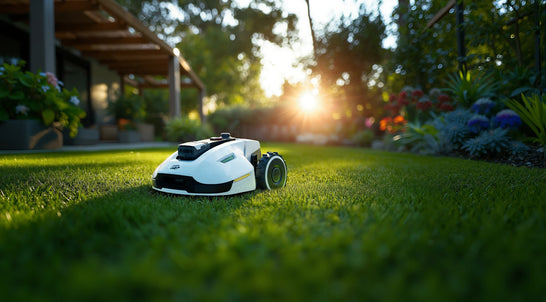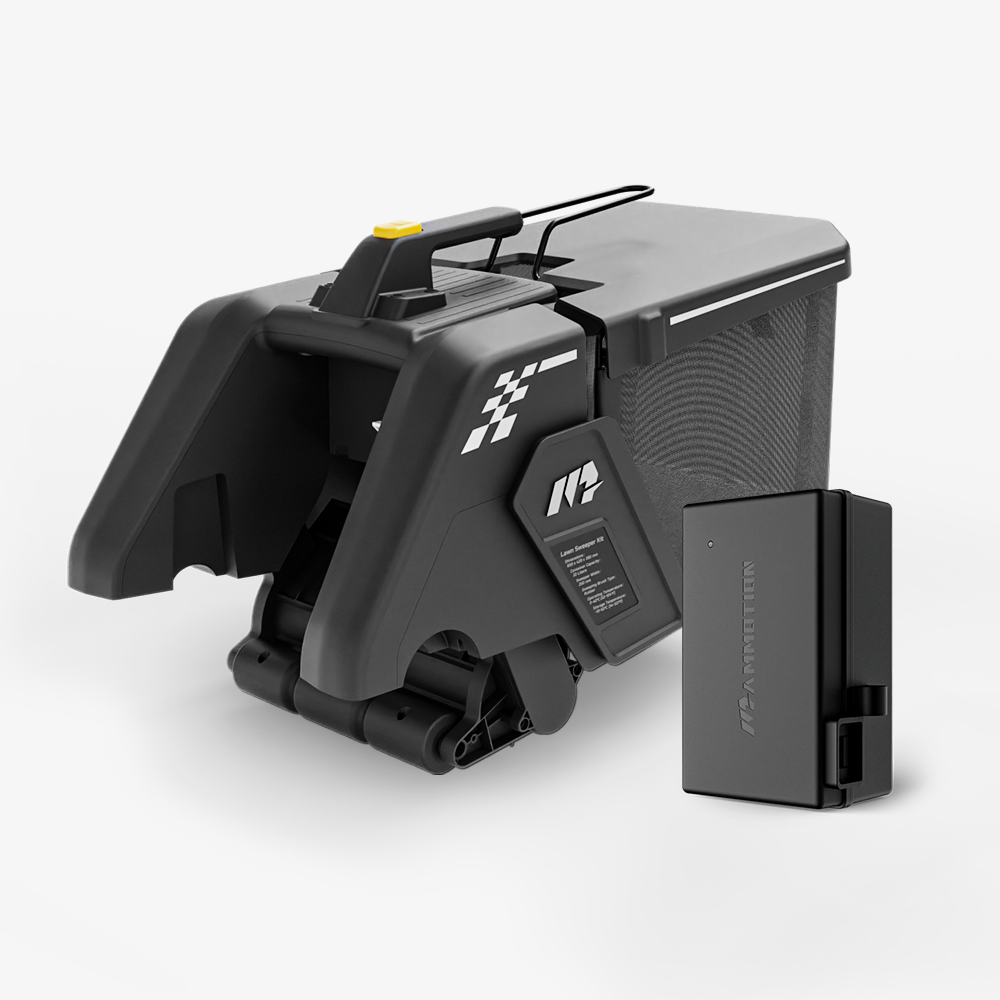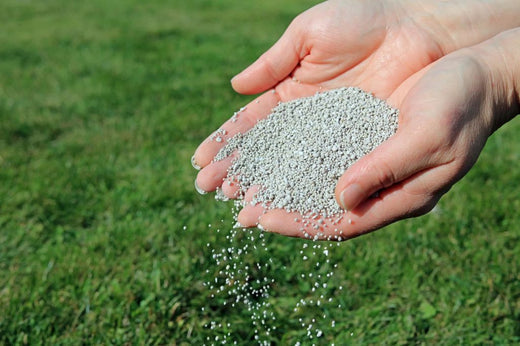Introduction: Why Fall Lawn Fertilizer is Essential
Many homeowners focus on spring and summer lawn care, but fall is one of the most important seasons to fertilize your lawn. Applying fall lawn fertilizer does more than keep your grass green for a few extra weeks—it strengthens the roots, helps your lawn survive winter stress, and sets the stage for a healthier, thicker lawn in spring.
Unlike spring fertilization, which mainly promotes visible blade growth, fall fertilization targets the root system. During cooler temperatures, grass slows above-ground growth but channels energy below the surface, storing nutrients essential for winter survival. Fertilizing now ensures your lawn has the resources to emerge greener and more resilient when spring arrives.
Whether you have cool-season grasses like Kentucky bluegrass or fescue, or warm-season grasses such as Bermuda or zoysia, incorporating fall fertilizer into your routine is a critical step in year-round lawn care. In this guide, we’ll break down why fall fertilization matters, how to choose the right fertilizer, when and how to apply it, and common mistakes to avoid—so your lawn stays healthy, strong, and vibrant.
Why Fall is the Best Time to Fertilize Your Lawn
Fall may seem like a time when lawns start to fade, but it’s actually the most critical season for long-term lawn health. During this period, grass shifts its energy from above-ground blade growth to root development, making it the perfect window to apply fertilizer.
Key reasons fall fertilization matters:
- Intense root activity: Cooler temperatures and increased rainfall encourage deeper root growth, allowing your grass to store nutrients for winter survival.
- Winter preparation: Fertilizer applied in the fall strengthens the root system, helping the lawn withstand cold temperatures, frost, and snow.
- Early spring advantage: Nutrients stored in the roots during fall give your lawn a head start in spring, leading to faster green-up and thicker growth.
For homeowners in the U.S., timing is crucial. In northern states, aim for late September to mid-October. In southern states, early to mid-November is ideal. Fertilizing too early promotes blade growth instead of root strength, while fertilizing too late may prevent nutrients from reaching the roots before frost.
By understanding your lawn’s natural seasonal rhythm, fall fertilization becomes a strategic investment in stronger roots, healthier grass, and a more resilient lawn year-round.
Related articles: 13 Fall Lawn Care Tips for A Beautiful Yard
Aeration: Full Guide to Aerate Your Lawn
Benefits of Fall Lawn Fertilizer
Applying fall lawn fertilizer is one of the most strategic steps you can take for a lush, healthy lawn year-round. While many homeowners focus on spring or summer care, fall fertilization provides benefits that extend well beyond the colder months.
1. Prepares Your Lawn for Winter Dormancy
As temperatures drop, grass growth above ground slows, but roots remain highly active. Fertilizing in the fall delivers essential nutrients, especially nitrogen, that strengthen the root system. A well-fed lawn develops deeper, stronger roots, which store energy during winter dormancy. This allows your grass to survive harsh conditions, including freezing temperatures, snow, and ice, with less stress and damage.
2. Boosts Early Spring Green-Up
Fall fertilization also sets the stage for early spring growth. Nutrients stored in the roots during fall allow the lawn to “wake up” faster in spring. This leads to greener, thicker grass earlier than lawns that were not fertilized in the fall. Additionally, a strong start in spring helps your lawn outcompete weeds that commonly appear during early growth periods.
3. Strengthens Resistance to Weeds and Disease
A healthy, well-fertilized lawn is naturally more resilient. Fall fertilization improves nutrient reserves and root density, which helps your grass better resist common winter and early spring diseases. Stronger lawns are also more effective at crowding out weeds, reducing the need for chemical interventions.
Expert Tip: For maximum impact, combine fall fertilization with soil testing to determine nutrient needs. This ensures your lawn receives the right balance of nitrogen, phosphorus, and potassium for optimal winter survival and spring green-up.
Types of Fertilizers for Fall Lawn

Choosing the right fertilizer is essential to maximize the benefits of fall lawn care. Not all fertilizers are created equal, and selecting the appropriate type ensures your lawn stores nutrients effectively for winter and early spring growth.
|
Fertilizer Type |
Key Benefits |
NPK Ratio |
Best For |
|
Slow-Release Fertilizers |
Gradual nutrient absorption, reduces over-fertilization risk, supports steady root growth |
20-5-10, 16-4-8 |
Most lawns, both cool- and warm-season grasses |
|
High-Nitrogen Fertilizers |
Promotes root development and nutrient storage, essential for fall root activity |
20-5-10 or higher nitrogen |
Lawns needing root strengthening |
|
Winterizer Fertilizers |
Enhances cold tolerance, boosts disease resistance, prepares lawn for winter dormancy |
Lower nitrogen, higher potassium |
Lawns in colder climates, frost-prone areas |
1. Slow-Release Fertilizers
Slow-release fertilizers provide nutrients over an extended period, allowing roots to absorb them gradually during fall. This reduces the risk of excessive blade growth before winter and ensures steady nutrient supply to strengthen the root system.
2. High-Nitrogen Fertilizers
High-nitrogen fertilizers are particularly effective in fall because nitrogen supports root nutrient storage. Even though above-ground growth slows, roots remain active, absorbing nutrients that will fuel spring green-up.
3. Winterizer Fertilizers
Winterizer fertilizers are specifically formulated for late fall use. They increase cold tolerance and enhance disease resistance by supplying higher potassium levels, while moderate nitrogen promotes safe root growth. This type is ideal for lawns in regions with freezing temperatures, snow, or frost.
For U.S. homeowners, match fertilizer choice to your grass type and regional climate:
- Cool-season grasses (fescue, bluegrass): slow-release or winterizer fertilizers work best.
- Warm-season grasses (Bermuda, zoysia): early fall application of high-nitrogen fertilizers supports root development before dormancy.
How and When to Fertilize in the Fall
Proper timing and application are crucial for fall fertilization to be effective. The goal is to feed the roots while avoiding excessive above-ground growth.
When to Fertilize in the Fall
The ideal window for fall fertilization depends on your regional climate:
- Northern states (e.g., Michigan, New York): Late September to mid-October
- Mid-Atlantic and Midwest (e.g., Pennsylvania, Illinois): Early to late October
- Southern states (e.g., Georgia, Texas): Early to mid-November
Temperature guide: Apply when daytime highs consistently range between 50–70°F (10–21°C). Fertilizing too early encourages blade growth, while fertilizing too late risks nutrients not reaching roots before frost.
How to Fertilize in the Fall
Follow these steps for optimal results:
- Mow your lawn: Cut grass to a standard height before applying fertilizer. This allows nutrients to reach the soil easily.
- Remove debris: Rake leaves and thatch to ensure even fertilizer distribution.
- Apply fertilizer: Use a broadcast or drop spreader for uniform coverage. Follow the manufacturer’s recommended rate based on lawn size.
- Water lightly: Watering helps nutrients penetrate the soil and reach the root zone. Avoid overwatering, which can cause runoff and nutrient loss.

Expert Tips for Fertilizing in the Fall
- Avoid over-fertilizing: Excess nitrogen can burn grass and weaken roots.
- Combine with soil testing: Knowing your soil’s nutrient levels helps you apply only what’s needed.
- Use the right fertilizer: Match the type (slow-release, high-nitrogen, or winterizer) to your grass type and local climate.
By fertilizing at the right time with proper technique, your lawn will store nutrients efficiently, survive winter stress, and achieve early spring green-up.
Common Mistakes to Avoid When Fertilizing in the Fall
Even with the right fertilizer, improper timing or technique can reduce the benefits of fall lawn care. Here are the most common mistakes to avoid:
1. Fertilizing Too Early or Too Late
- Too early: Applying fertilizer while grass is still growing actively directs nutrients to blade growth instead of roots.
- Too late: Fertilizing after the first frost or when soil is frozen prevents nutrients from reaching the root system.
- Tip: Aim for mid- to late fall, depending on your regional climate, before the first hard frost.
2. Over-Fertilizing
- Excess fertilizer, especially nitrogen, can burn grass blades, weaken roots, and cause uncontrolled growth.
- Over-fertilization also increases nutrient runoff, which can harm nearby plants and waterways.
- Tip: Always follow the manufacturer’s recommended application rates.
3. Skipping Watering After Application
- Watering helps fertilizer granules penetrate the soil and reach the roots.
- Failing to water leaves nutrients on the surface, where they are ineffective.
- Tip: Lightly water immediately after applying fertilizer, avoiding over-saturation.
4. Ignoring Soil Testing
- Without testing, you may over-apply nutrients or miss deficiencies, leading to imbalanced growth or weak roots.
- Tip: Conduct a soil test to determine pH and nutrient needs, and choose a fertilizer that matches your lawn’s requirements.
Pro Tip: Avoid these mistakes, and your fall fertilization will deliver strong roots, winter resilience, and early spring green-up, maximizing the value of your lawn care investment.
Conclusion: Build a Strong Lawn with Fall Fertilization
Fall lawn fertilization is more than just a seasonal chore—it’s a strategic investment in your lawn’s long-term health. By feeding your grass now, you strengthen roots, improve nutrient storage, and prepare your lawn to survive winter stress.
When done correctly, fall fertilization helps your lawn bounce back greener, thicker, and healthier in the spring, while reducing weeds and disease risks. For homeowners committed to year-round lawn care, prioritizing fall fertilization is a step you cannot afford to overlook.
Mark your calendar for fall fertilization and pair it with soil testing to create a customized plan for your lawn. This ensures the best results, whether you have cool-season or warm-season grasses.
Frequently Asked Questions
1. Is fall fertilization really necessary?
Yes, fall fertilization is crucial for long-term lawn health. It strengthens the root system, allowing grass to store vital nutrients that help it survive the winter and grow more vigorously in the spring.
2. When is the best time to fertilize in the fall?
The optimal time for fall fertilization is in early to mid-fall, typically between late September and early November, depending on your local climate. Aim for a period when daytime temperatures consistently range between 50–70°F (10–21°C).
3. What type of fertilizer should I use in the fall?
For fall fertilization, choose fertilizers with a higher nitrogen content to promote root development. Look for products labeled as "winterizer" or "fall fertilizer," which often have a nutrient ratio like 22-0-10 or 24-0-10.
4. Should I mow before or after fertilizing?
It's best to mow your lawn one last time before applying fertilizer. This ensures the grass is at an optimal height to absorb the nutrients.
5. Can I fertilize if it's going to rain?
Avoid fertilizing immediately before or during heavy rainfall, as it can wash away the nutrients before they are absorbed. If light rain is expected, it can help water the fertilizer into the soil.
6. How often should I fertilize in the fall?
Typically, one application of fertilizer in the fall is sufficient. However, some homeowners apply fertilizer once in early to mid-fall, and sometimes again in late fall for an additional boost.
7. Is it okay to fertilize a wet lawn?
Fertilizing a wet lawn is generally okay, but it's not recommended to apply fertilizer right after heavy rainfall or when the grass is waterlogged. This could lead to fertilizer runoff, wasting nutrients and potentially damaging nearby plants or waterways.
8. What if I missed the fall fertilization window?
If you missed the ideal fall window, it's better to skip fertilizing than to apply it too late. Fertilizing when the ground is frozen or too cold can result in wasted nutrients that won't benefit the grass. Instead, focus on spring fertilization when the grass starts to grow actively again.
9. Can I use the same fertilizer in the fall as I do in the spring?
It's best to use a fertilizer specifically designed for fall application. Fall fertilizers typically have a different nutrient composition, with a higher emphasis on nitrogen and potassium. Nitrogen promotes root growth and nutrient storage, while potassium helps grass withstand cold temperatures and disease.
10. Should I fertilize before or after mowing?
For best results, apply fertilizer after you've mowed your lawn. Mowing ensures the grass is at the right height to absorb the nutrients more efficiently, and it also reduces the amount of grass clippings that can block the fertilizer from reaching the soil. Be sure to water the lawn lightly after applying fertilizer, as this helps dissolve the granules and pushes the nutrients down to the root zone where they are needed most.

